
Can you imagine being a school-age kid during this pandemic? Whether they are glued to a screen trying to learn via Zoom, attending class masked and distanced, or being home-schooled, this experience will shape our youngest generation for life. In September, Wendy James blogged about a project in the UK trying to make the pandemic primary school experience better by moving classes into museums. Today on the blog, Julia Bland, CEO of the Louisiana Children’s Museum in New Orleans, tells us of how she and her colleagues are implementing this approach in the US by throwing their doors open to a local school.
–Elizabeth Merritt, VP Strategic Foresight and Founding Director, Center for the Future of Museums, American Alliance of Museums
Inspiration
In August 2019, the Louisiana Children’s Museum welcomed the public into a brand-new building on 8.5 acres in the middle of a 1,300-acre park, funded through a $47.5 million campaign. By March 2020 it was clear the COVID-19 pandemic would not allow us to operate our new museum anywhere close to the way we had imagined as a heavily visited destination and new regional attraction. After closing for 3 months, we reopened in mid-June, but were still losing money and realized we were going to have to close the doors again. Staff had been reading numerous articles that analyzed the many challenges facing formal education, including parental fears about in-person learning, concerns over the health of teachers, and doubts about the quality of learning for children. It is particularly troubling that vulnerable children face even more challenges, and evidence shows their educational progress is already slipping. An article in the New York Times highlighting how schools moved classes outdoors to cope with outbreaks of tuberculous 100 years ago, prompted me to think about what role museums might play in creative solutions to the current pandemic.
The Process and Finding the right fit
As staff began the countdown to closing our doors, we generated ideas about what form that solution might take – after school workshops, teaching pods, early learning centers, tutoring centers, an immersion museum school program. We wanted an approach that offered the greatest potential impact for the largest number of children, would be easier to manage with a much smaller staff, and would build on our greatest strength – a world-class museum designed for a target audience of children 4 to 8 years old. We decided the best approach was to invite a school to use the (closed) museum as their satellite site for learning.
It was critical to find the right school, as this would be an embedded and long-term commitment. I reached out to education leaders – from the state’s Department of Education to our local Superintendent of Schools, Head Start leaders to education reform mentors – asking for advice and feedback. All our experiences are designed around a learning framework inspired by the Reggio Emilia approach to immersive, self-directed, experiential learning in which environments, both indoors and outdoors, are used as the teacher. We wanted to find a school that would embrace this approach and make full use of our resources. Ultimately, we selected Langston Hughes Academy, a FirstLine charter school with whom we had partnered in the past. Their student population is 98 percent Black, and 74 percent are eligible for free lunch. This partnership gives their pre-kindergarten and kindergarten classes exclusive access to our space through December 2020.
Logistics of making it work for the school
The school faced many challenges in accepting our offer, given the restrictions of operating i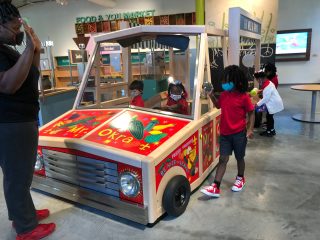 n a COVID-19 world. They had to adapt transportation, food, and student supports to a museum setting. But after managing those challenges, they had access to abundant learning environments: exhibits, a literacy center, education rooms, sensory gardens (include edible garden, music garden, wetlands, natural landscape of make believe), as well as a labyrinth, floating classroom, courtyard and event lawn. The inside learning environments and exhibits are similar to what one might find in a preschool classroom (kitchen area, nature area, water table and such) – just dramatically larger with over 15,000 square feet of interactive exhibits at the ready.
n a COVID-19 world. They had to adapt transportation, food, and student supports to a museum setting. But after managing those challenges, they had access to abundant learning environments: exhibits, a literacy center, education rooms, sensory gardens (include edible garden, music garden, wetlands, natural landscape of make believe), as well as a labyrinth, floating classroom, courtyard and event lawn. The inside learning environments and exhibits are similar to what one might find in a preschool classroom (kitchen area, nature area, water table and such) – just dramatically larger with over 15,000 square feet of interactive exhibits at the ready.
To make this work, we had to trust our partners. School personnel are the first to arrive at the museum each day (generally 7:00 AM). The full complement of students, teachers and support staff outnumber dramatically diminished museum personnel 10 to 1. Teachers and students now sit at our front desk; have classes (and naps) in our birthday rooms; eat meals in our Atrium; use our parking lots for carpools; enjoy our many exhibits, courtyard and outdoor gardens for free play, classes and instruction – we love it all!
Financial arrangement
While the museum moved forward with this plan without funding in place, we knew that we would need additional support to manage the costs. We were able to secure $25,000 from a local foundation to cover four months of expenses for janitorial, facility, exhibit maintenance, educational support, etc.
Is there an impact that takes us beyond this relationship?
As you might imagine, we are very curious to see how this partnership makes a difference for the students and teachers, besides offering beautiful outdoor spaces for in-person learning. We hear teachers say, “I’ve never been more excited about coming to work!” How can we study what kind of impact this has on the way they teach their students, and the way their students learn from them? We hope to learn from the perspectives of the teachers, students, and museum staff whether this arrangement might move from “nice” to “necessary.” What roles can the museum play in the future to foster resilient children and educators? The silver linings from this disaster-inspired partnership are becoming clearer each day.
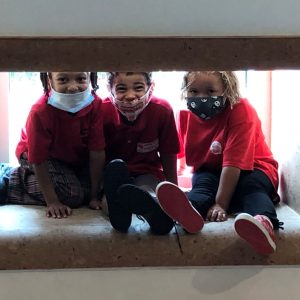

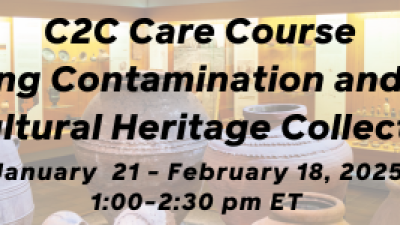





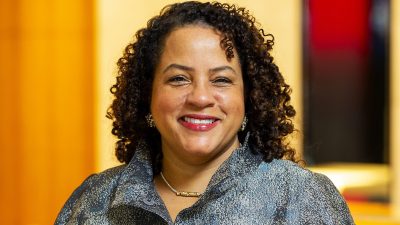
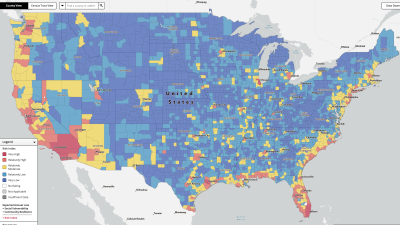
Hi Elizabeth:
My name is Lisa Couch and I am a board member of a public high school in California. Our school is pioneering a new business model between public education and museums. Our students are in an hands-on engineering programs that designs, fabricates, builds and programs our own museum exhibits. We are building a new Exploratorium that will be completed in Fall 2022. Our teachers and students will manage and operate the museum. The museum will be open to the public, elementary schools and the community. Our vision is to transform educational and museum models by merging them together into a shared community.
Your article is similar to what we are planning. We are looking to share and learn from others with the same vision. Do you know of a forum or organization that we can join?
Thanks,
Lisa Couch
Dear Lisa, I recommend that you join the National Association of Museum Schools to connect with people engaged in similar work. (NAMS members span a range of “museum school” models, including schools that use local museums as their classrooms, create their own museums, and museums that start their own schools. The executive director of NAMS, Katherine Kelbaugh, who is also the principal of the Museum School of Avondale Estates outside Atlanta, is planning a session for the 2022 AAM meeting in Boston, May 19-22.